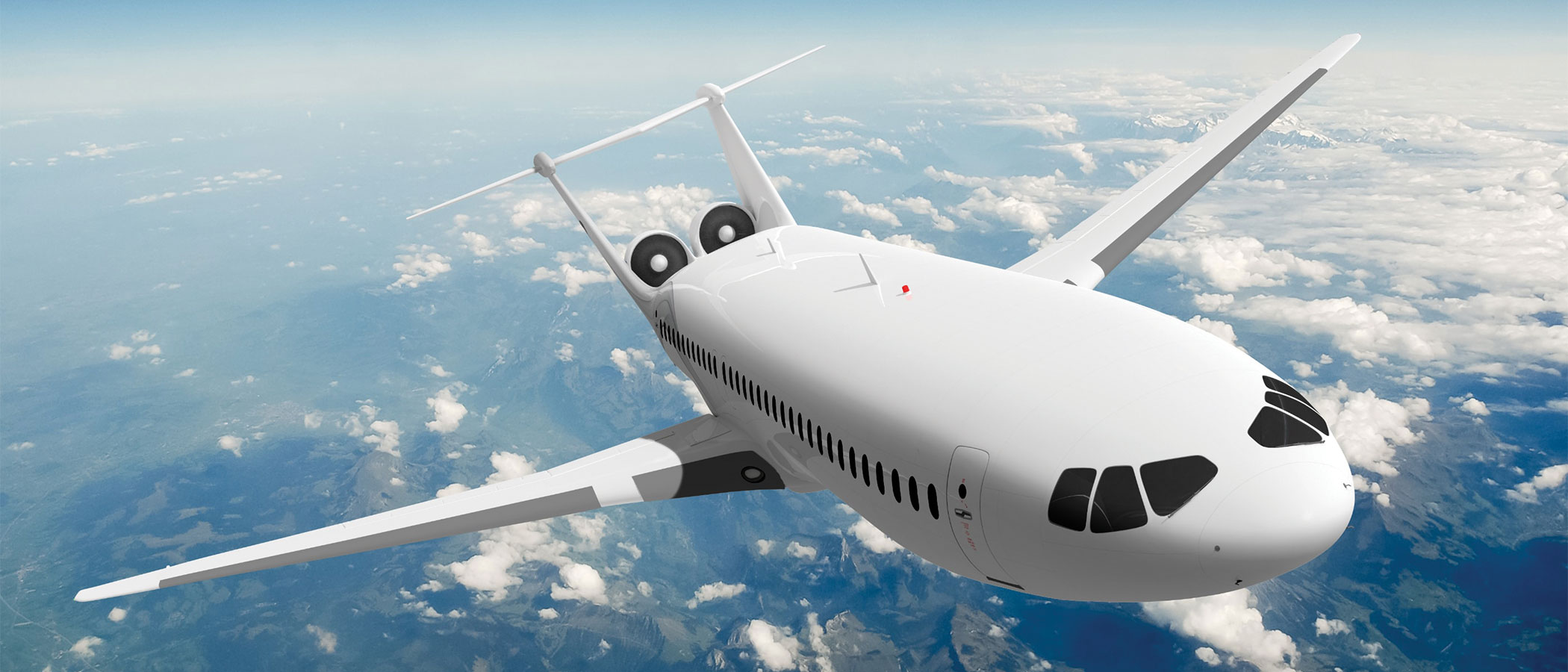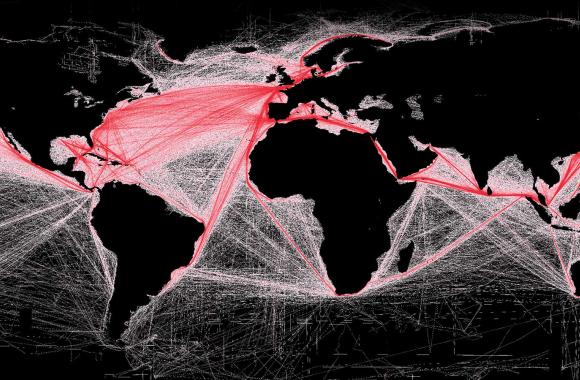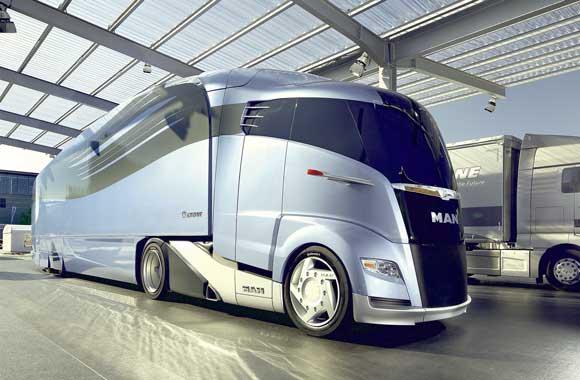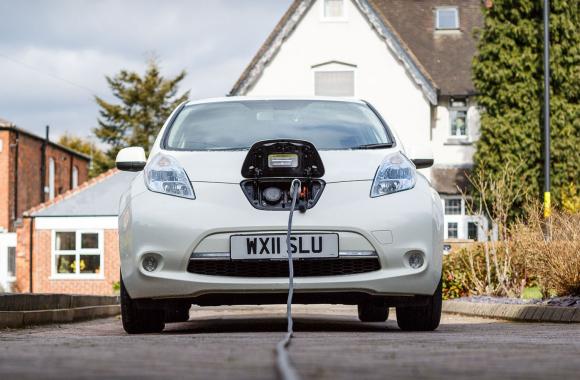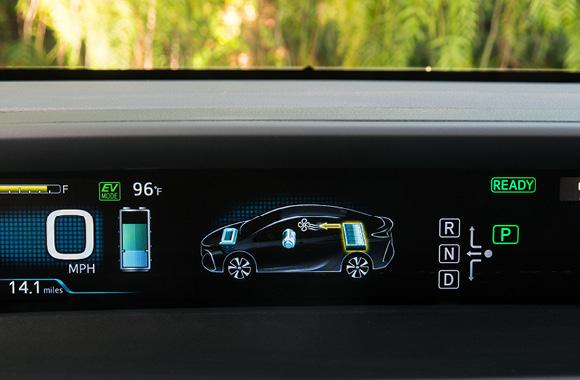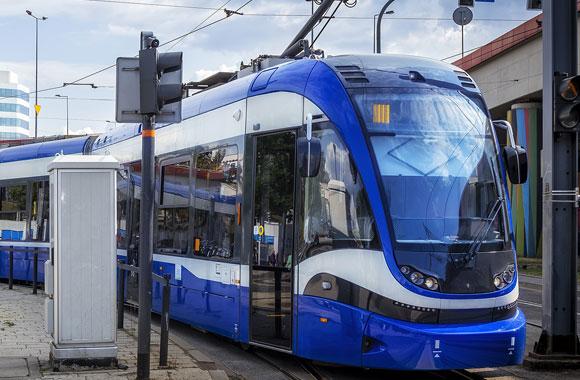Efficient Aviation
Technologies and practices that can lower airplane emissions include better engines, wingtips, and reducing airplanes’ weight.
Reduced/Sequestered
2020–2050
To Implement
Operational Savings
Impact
This analysis focuses on adoption of the latest and most fuel-efficient aircraft; retrofitting existing aircraft with winglets, newer engines, and lighter interiors; and retiring older aircraft early. Over 30 years, and for a net first cost of US$3.47–3.79 trillion, we could avoid 5.29–5.82 gigatons of carbon dioxide equivalent emissions and save $1.59–2.24 trillion in lifetime jet-fuel and operating costs. Other efficiency measures could further reduce emissions and increase savings as over 80 percent of aircraft are converted.
Introduction
Project Drawdown’s Efficient Aviation solution involves the use of aircraft technologies to reduce the amount of fuel needed to fly single-aisle and twin-aisle aircraft. Considering that much air freight travels in the belly of passenger aircraft, this also affects air freight, but that impact is not separately considered. This solution replaces the use of single-aisle and twin-aisle aircraft of typical efficiency in 2014.
Considering aviation fuel consumed in 2016 (OECD/IEA, 2018), and all global carbon dioxide emissions in 2016 (Global Carbon Atlas, 2018), aviation is estimated to have produced approximately 2.6 percent of anthropogenic carbon dioxide emissions in 2018 (OECD/IEA, 2018). As aviation grows, airplane fuel efficiency efforts aim to reduce fuel use per passenger-kilometer of air travel. Though freight-only aircraft fuel efficiency is not analyzed here, part of the impact on air freight fuel use is accounted for in the large fraction of total air freight that is carried in the belly of passenger aircraft. According to Airbus, belly freight is about 52 percent of all air freight.
Numerous technologies and operational approaches can reduce airplane fuel use; this study includes only the most impactful technologies that are already in use today. We excluded well-publicized but noncommercial technologies such as aviation biofuels. More dramatic redesigns of airplane bodies and sustainable jet fuels, such as those made from algae, are in development. Along with national and international regulation of the airline industry, they may help address the greenhouse gases generated by air travel.
Methodology
This analysis includes the newest, most fuel-efficient “intermediate-generation” aircraft, including the 787, 777X, and 737MAX family of Boeing, and the A320neo family, A330neo family, and A350XWB of Airbus, as well as the use of fuel efficiency retrofits to existing aircraft. Intermediate generation aircraft are expected to be 15–20 percent more fuel efficient than earlier models, in part as a result of more fuel-efficient engines, new wingtip devices that cannot be installed on all older aircraft due to lack of sufficient wing strength and other limitations, and changes that reduce aircraft weight. Research suggests that together, these three technologies could make existing aircraft nearly as efficient as newer aircraft.
Total Addressable Market
We projected the total addressable market for efficient aviation in terms of total interurban passenger travel by air for 2020–2050. The total addressable market is 6.0 trillion passenger-kilometers in 2015 and 23.5 trillion passenger-kilometers in 2050.
We set current adoption (the amount of functional demand supplied in 2018) as the total passenger-kilometers provided by existing single-aisle and twin-aisle intermediate-generation aircraft.
We based projected adoption of fuel-efficient aircraft on the expected production of intermediate-generation aircraft, according to published delivery rates of major suppliers. We assumed that delivery rates were fixed for each aircraft type, with a single-aisle aircraft assumed to provide 247 million passenger-kilometers and a twin-aisle aircraft, 840 million passenger-kilometers.
Adoption Scenarios
We calculated impacts of increased adoption of efficient aviation from 2020 to 2050 by comparing two growth scenarios with a reference scenario in which the fraction of higher-efficiency aircraft in the fleet remains at current levels.
- Scenario 1: Fuel burn improves 13 percent, Boeing and Airbus supply aircraft at their published rates, and an additional supplier starts supplying comparably efficient aircraft. The solution achieves 73 percent of the total addressable market (17.27 trillion passenger-kilometers) in 2050.
- Scenario 2: One hundred aircraft are retrofitted annually and fleet efficiency improves 18 percent. The solution achieves 79 percent of the addressable market (18.63 trillion passenger-kilometers) in 2050.
Emissions Model
We estimated emissions for each scenario using the fuel emissions factor taken from Intergovernmental Panel on Climate Change (IPCC) guidelines and applied to fuel consumption data from the International Council on Clean Transport (ICCT).
Financial Model
All monetary values are presented in 2014 US$.
First costs of adopting the solution are the cost differential between adopting intermediate-generation aircraft and adopting aircraft with average fleet efficiency. For each intermediate-generation aircraft, we priced an equivalent conventional aircraft and derived the price difference. (We assumed that this differential represents the retrofit costs for each aircraft type, and acknowledged that airlines often pay different prices than the list prices due to negotiations with manufacturers.) We derived operating costs, including fuel costs, using historical data from the International Energy Agency (IEA). We used average fuel prices for 2007–2018 for future projections. We reduced operating costs by the efficiency improvements noted above.
Integration
To prevent double-counting, we ensured that the total travel demand of all non-urban passenger Transport sector solutions remained below the projected total non-urban travel demand.
Results
Scenario 1 shows a reduction of 5.29 gigatons of carbon dioxide equivalent greenhouse gases. Net first costs to implement are US$3.47 trillion and lifetime net operational savings are US$1.59 trillion.
Scenario 2 shows a reduction of 5.82 gigatons of carbon dioxide equivalent greenhouse gases. Net first cost to implement is US$3.79 trillion and lifetime net operational savings are US$2.24 trillion.
Discussion
The use of more efficient aircraft is financially desirable when fuel prices are high, because fuel often represents one-third of operating costs. Since 2015, however, fuel prices have been relatively low and efficiency improvements are not as attractive. However some of this may change with the coming implementation of the Carbon Offsetting and Reduction Scheme for International Aviation (CORSIA) program. To some extent, inclusion of fuel alternatives such as aviation biofuels can help reduce the need for aircraft technology improvements.
This study did not include the potential of emerging technologies. The impact of open rotor engines, for example, could be large, but this technology may not be available until the 2030s. Also, the reference scenario conservatively estimates fixed fleet efficiency.
References
OECD/IEA (2018) World Energy Balances 2016, OECD/IEA, Paris
Global Carbon Atlas (2018) CO2 Emissions, Global Carbon Project, http://www.globalcarbonatlas.org/en/CO2-emissions
What You Can Do
When given the opportunity to provide feedback to an airline company after flying, include a comment encouraging them to work to boost the fuel efficiency of their fleet.
Learn about the Carbon Offsetting and Reduction Scheme for International Aviation (CORSIA), share what you learn with others, and encourage your government to support (or continue to support) the initiative.
- Expand your knowledge by exploring another Drawdown solution.

